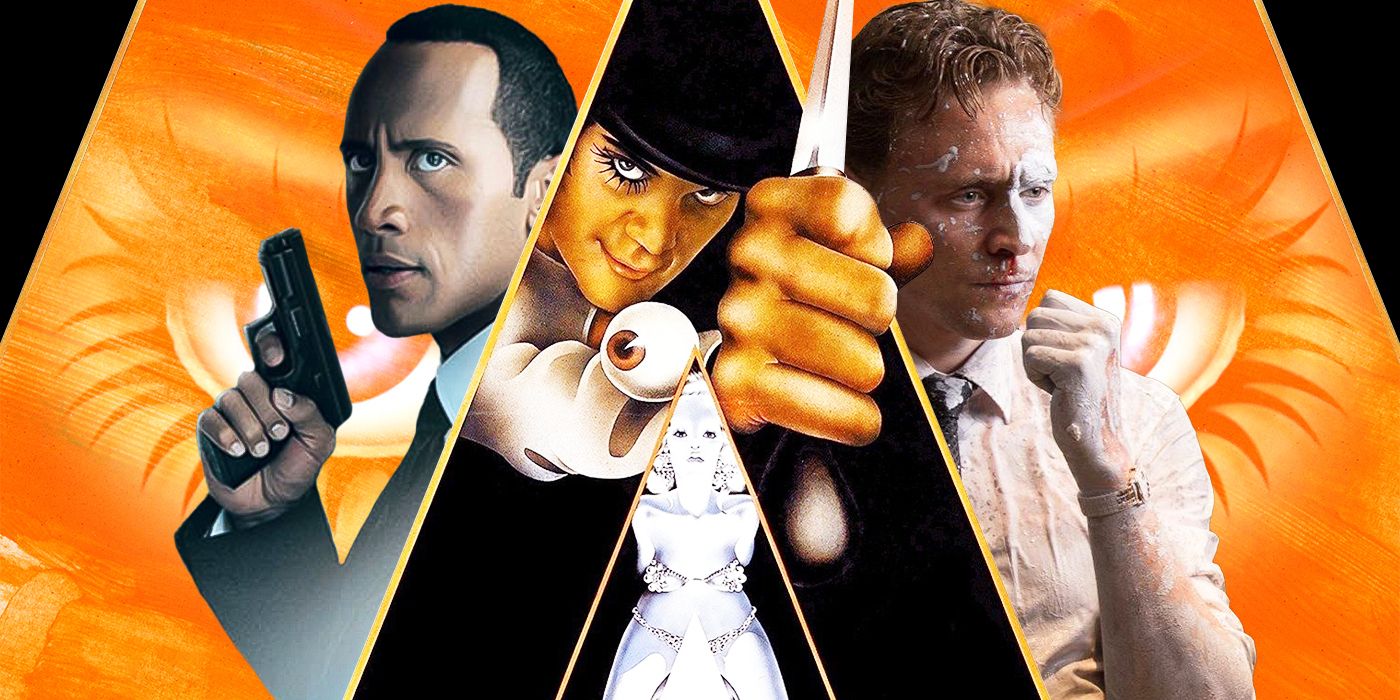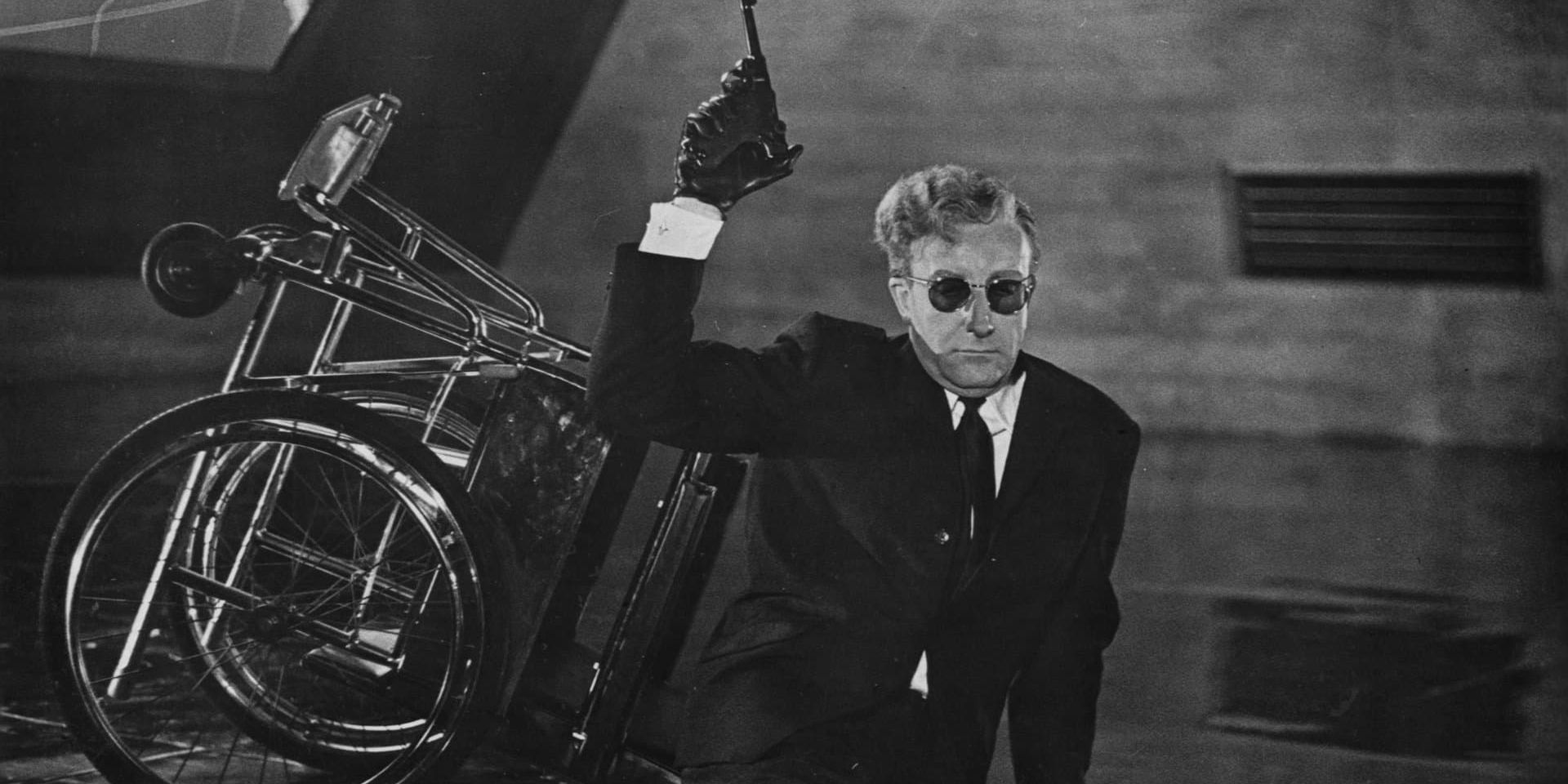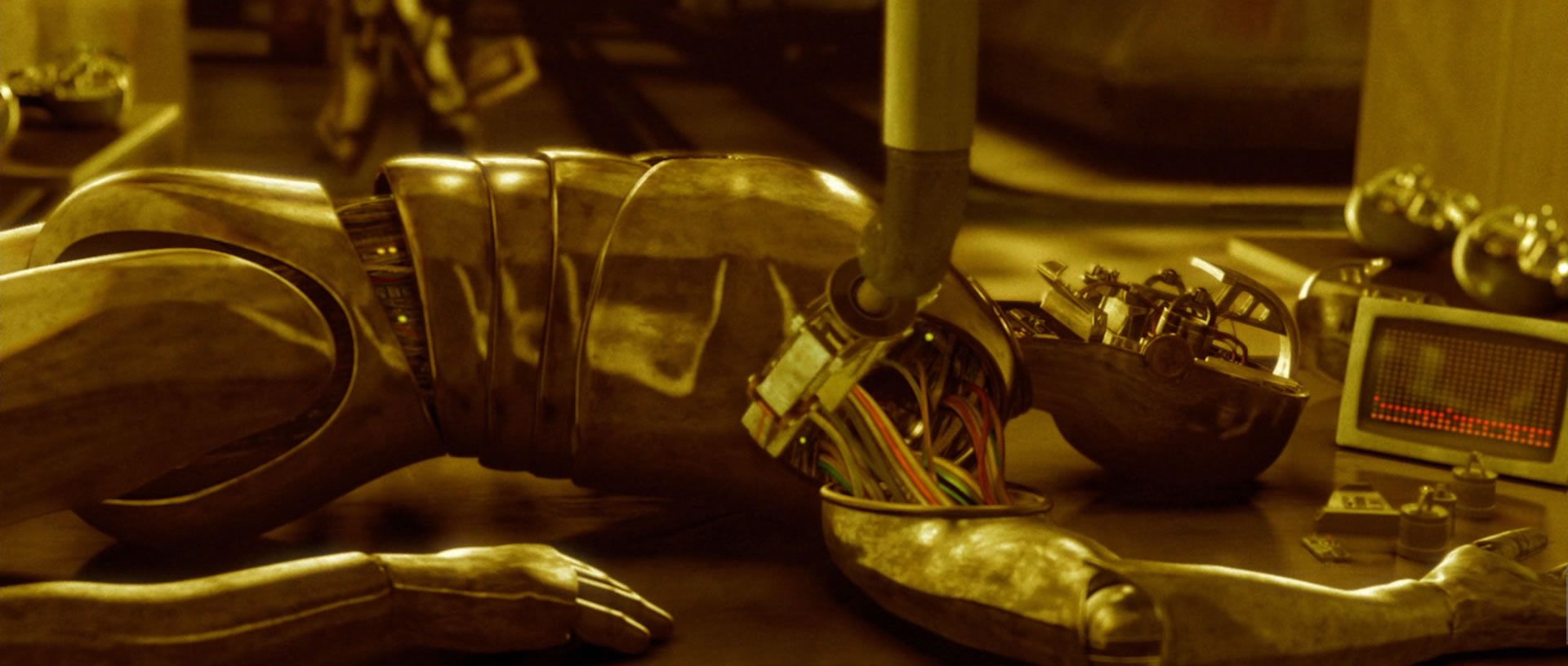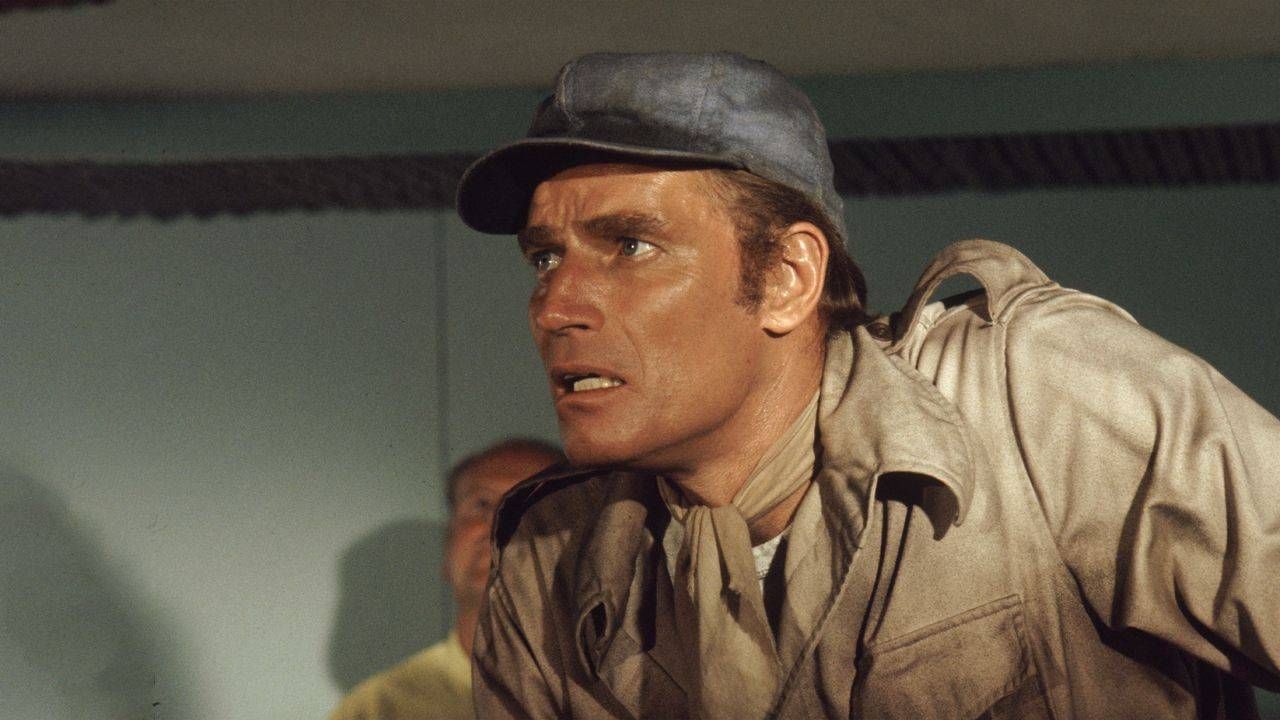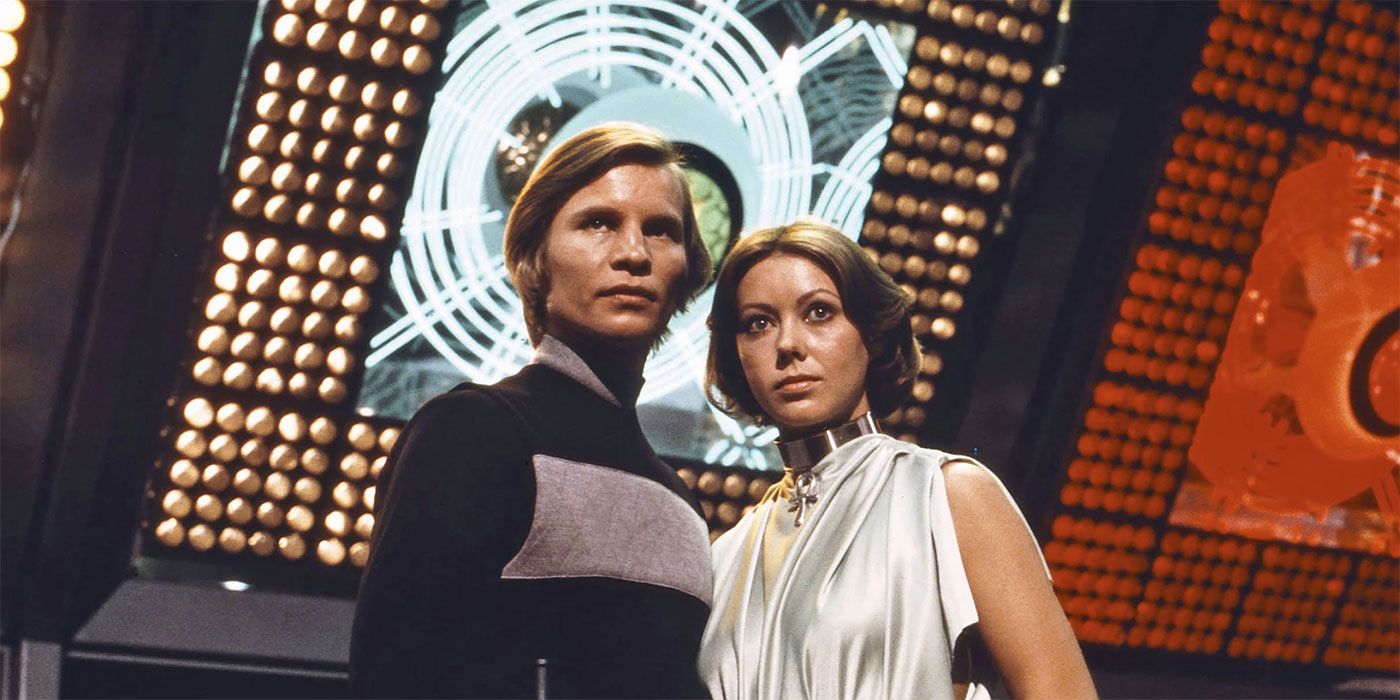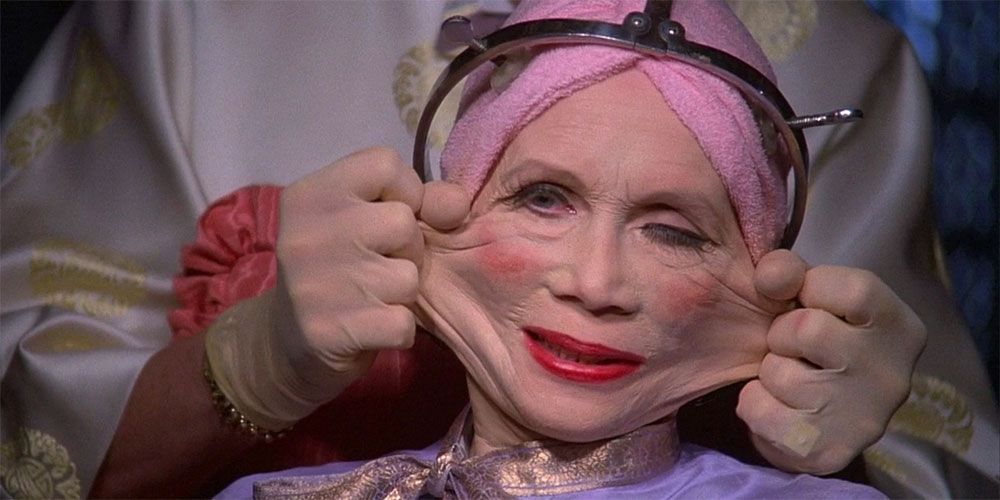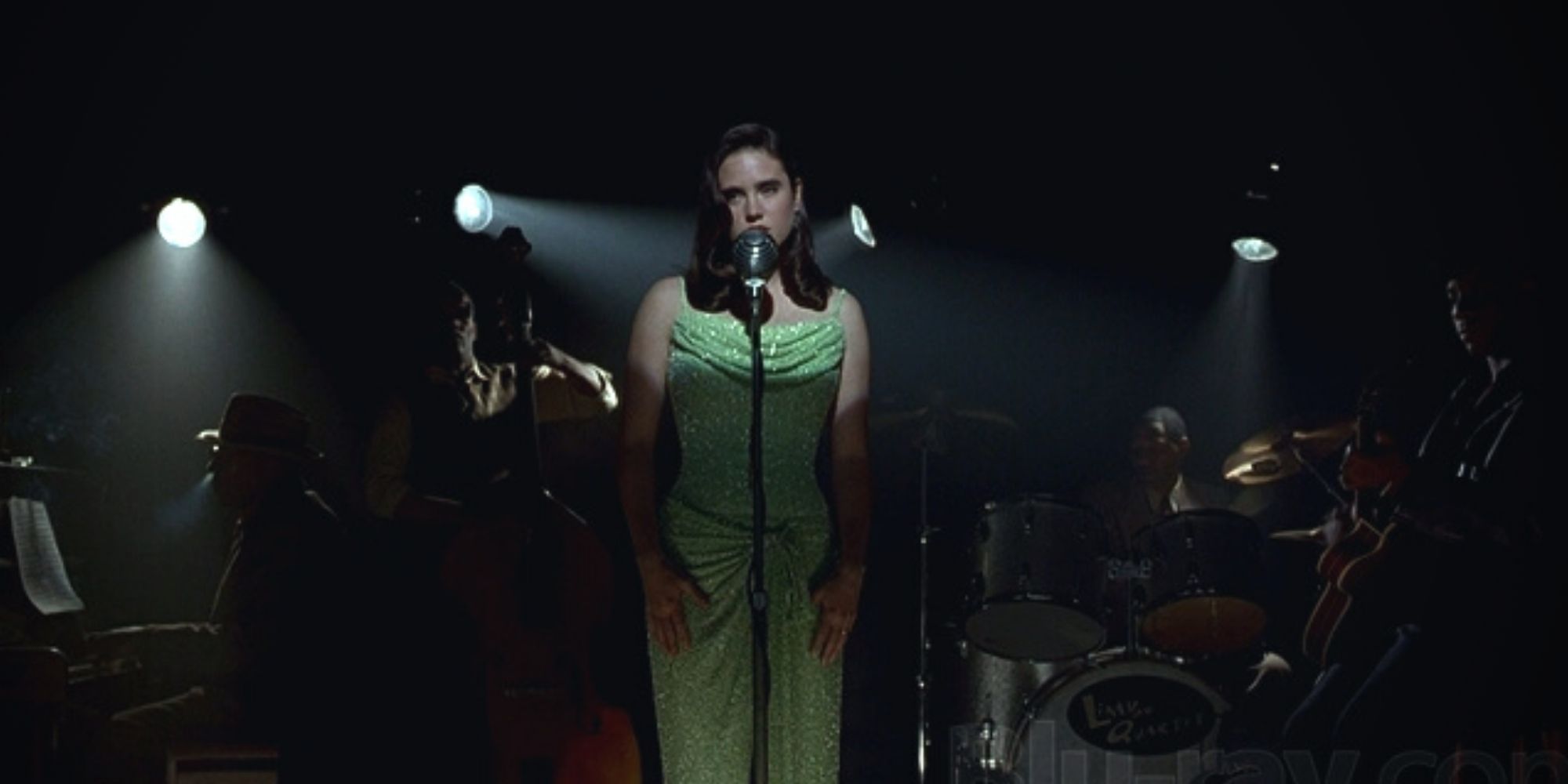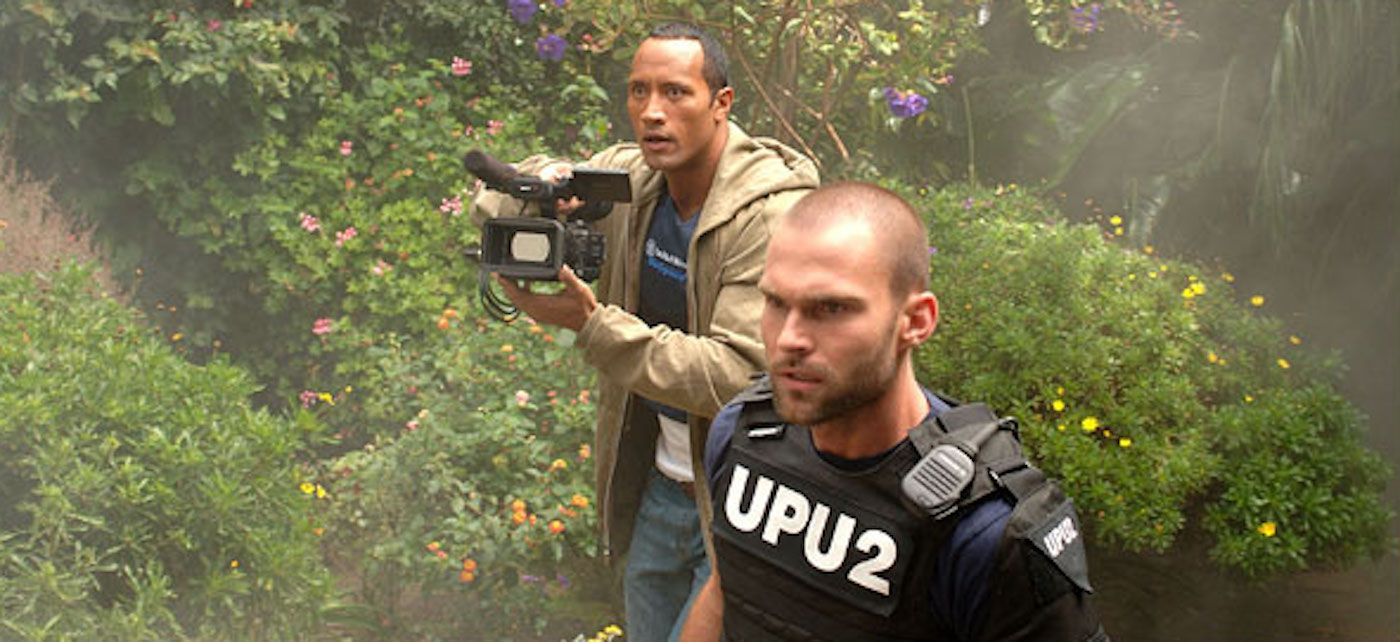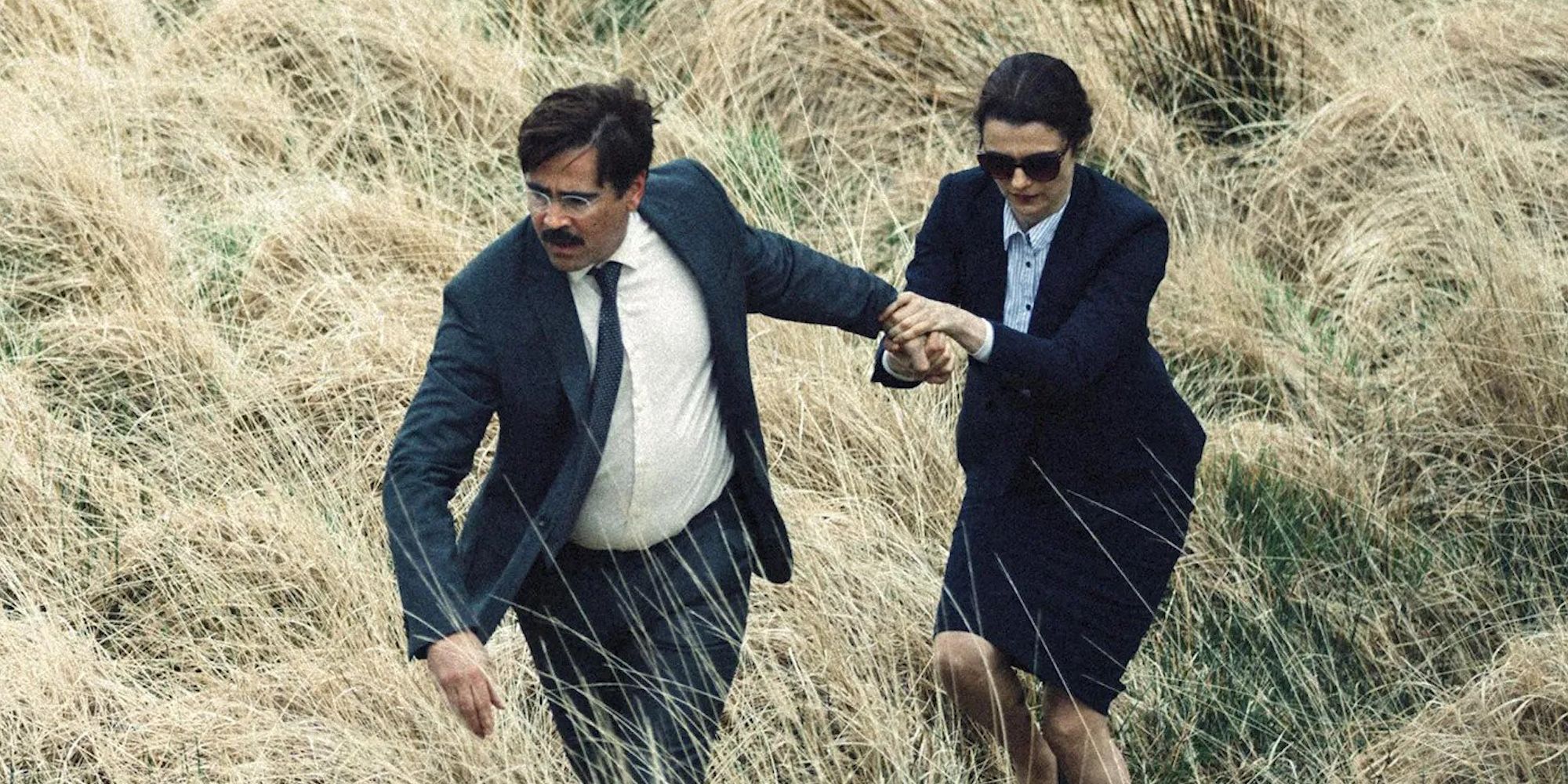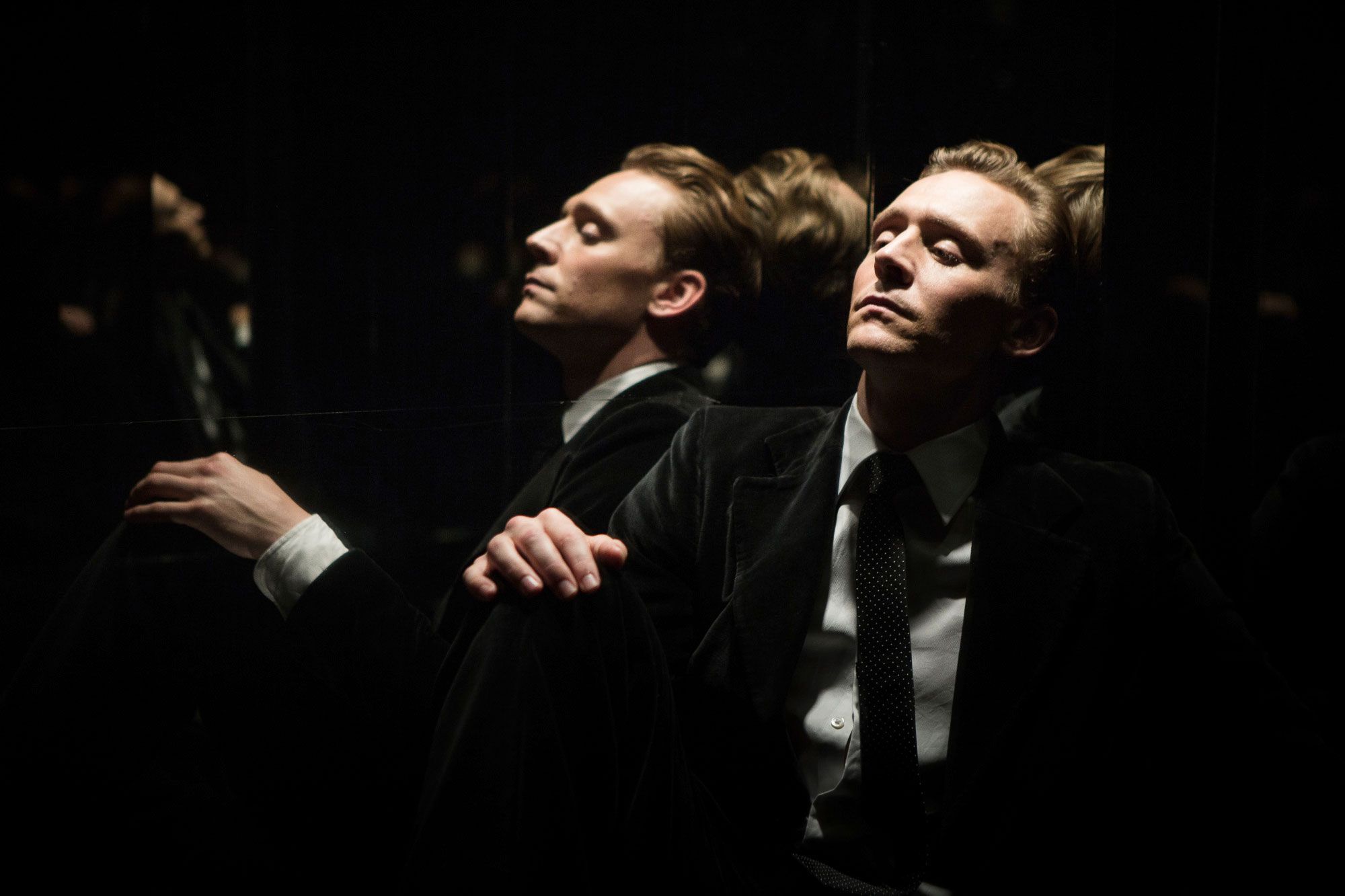There are many older science fiction films that have not aged well, but Stanley Kubrick’s dystopian masterpiece A Clockwork Orange is more relevant in 2022 than ever before. Kubrick tackled themes like systematic violence, youthful indiscretion, censorship, identity, and police brutality, which sadly are just as timely as they were in 1971. Over fifty years later, A Clockwork Orange stands as one of Kubrick’s greatest achievements. Given his unbelievable track record, that is no small statement.
A Clockwork Orange immediately created controversy during its initial release. Author Anthony Burgess hated the changes that Kubrick made to his novel of the same name, and disowned the film. The violent content drew extreme reactions, and some critics even accused Kubrick of lionizing the character of Alex (Malcolm McDowell). A Clockwork Orange was one of the rare mainstream films to receive an “X” rating from the MPAA. Prior to the creation of the NC-17 rating, “X” films struggled to have widespread success, as some audiences assumed that they were pornographic. A Clockwork Orange was also banned in England for many years.
A Clockwork Orange is a product of its era. Political films in the 1970s responded to the Watergate scandal, the Vietnam War, and the social movements that began emerging on college campuses. The best dystopian films are the ones that address similar recent events in their respective eras. If you appreciate A Clockwork Orange, these other dystopian films are also worth checking out.
Dr. Strangelove or: How I Learned to Stop Worrying and Love the Bomb (1964)
Before A Clockwork Orange, Kubrick first tested the waters with satire in his ensemble dark comedy Dr. Strangelove or: How I Learned to Stop Worrying and Love the Bomb. There’s a dark sense of humor in all of Kubrick’s films, but Dr. Strangelove is easily his funniest. Set during a nuclear crisis, Dr. Strangelove sheds light on the various world leaders, military officers, and strategists that are left to determine the fate of the human race. It’s a collection of the world’s biggest idiots. Among the stacked cast is Peter Sellars, who plays the British Lionel Mandrake, the United States President Merkin Muffley, and the insane titular scientist himself, Dr. Strangelove. It’s hilarious to watch these fools contemplate various doomsday scenarios, but the devastating ramifications of their decisions are always clear.
THX-1138 (1971)
Star Wars wasn’t the first hugely influential science fiction film that George Lucas directed. THX-1138 was inspired by a groundbreaking short film that Lucas created when he was a film student at USC. The film is set within a dystopian society where sexual contact between humans is forbidden, and citizens are deprived of their identities. Robert Duvall stars as the titular hero, who is given the codename “THX-1138.” Compared to the bold color palette of Star Wars, THX-1138 is stripped down to isolated, dull environments. Released the same year as A Clockwork Orange, it tackled similar themes of censorship and totalitarianism.
Soylent Green (1973)
Soylent Green has one of the greatest plot twists in film history, but even if you know the last line going in, it's still a worthwhile watch. It’s a scarily prophetic film; Soylent Green is set in 2022, where overpopulation, pollution, and disease have resulted in mass homelessness and starvation. Like A Clockwork Orange, the film explores a totalitarian government’s distortion of the media. Charlton Heston gives one of his last great performances as a straight-laced NYPD detective, who discovers a devastating truth about the lower classes ration supplier.
Logan's Run (1976)
Young people began to hold more political power in the 1970s, and threatened to disrupt the status quo. As a result, “youth culture” itself was blamed for perpetrating cyclical violence. Kubrick attacked this head on in A Clockwork Orange. The 1976 dystopian thriller Logan’s Run also contemplated the merit of idealizing youth. The film is set within a world where humans are “cycled out” once they reach the age of 30. Logan’s Run is more of a blockbuster than anything, but there’s enough thematic subtext to elevate it above being just another popcorn thriller.
Brazil (1985)
Terry Gilliam is one of the few cinematic geniuses on Kubrick’s level. Brazil is a film bursting with imagination; like Kubrick, Gilliam creates a very detailed portrayal of what a future run by the world’s greediest influencers would look like. In both films, surveillance and media censorship are to blame for the general population’s ignorance, but Brazil is slightly more focused on the adverse effects of technology. It follows the government worker Sam Lowry’s (Jonathan Pryce) escape from his employers through prophetic, fantastical dreams.
Dark City (1998)
Contrary to popular belief, The Matrix didn’t invent the cyberpunk neo-noir subgenre. Over a decade after Blade Runner set many precedents, Alex Proyas revamped it with his cult hit Dark City. General audiences didn’t quite know what to make of the film, but it steadily grew as a cult hit over the years. Dark City’s vision of a totalitarian future run by an unseen group of villains bears many similarities to A Clockwork Orange, but Proyas puts more faith in humanity. Perhaps the few that resist the information they are fed will be able to save the entire population.
Southland Tales (2007)
You’re either on Richard Kelly’s wavelength or not. Kelly’s follow up to Donnie Darko was so notoriously shamed at the 2006 Cannes Film Festival that it sat on a shelf for over a year before an incomplete version was dumped in theaters in December 2007. Like Kubrick, Kelly was responding to virtually everything going on in the early 2000s; consumerism, censorship, celebrity culture, xenophobia, military propaganda, corporate warfare, and pharmaceutical testing are just a handful of the themes that Southland Tales covers. It’s pretty much incomprehensible on a first viewing, but if you’re interested enough from the start, Kelly’s recently released director’s cut features even more scarily prophetic insights on what 2006’s version of a dystopia looked like.
The Lobster (2015)
The Lobster is blissfully bleak. It works its way back from an absurd dystopian premise to become a thoughtful, touching, and strangely accurate depiction of what modern relationships look like. Yorgos Lanthimos is certainly idiosyncratic to a Kubrickian degree. Both filmmakers like showing the viewer something that seems real after a few twists. The Lobster is set within a world where citizens who can’t find a life partner are turned into animals. It’s absurd, but the heartfelt, dreary performances from Colin Farrell and Rachel Weisz ground it in emotion.
High-Rise (2015)
Imagine if the Minister of the Interior from A Clockwork Orange and all of his wealthy friends completely disconnected themselves from the outside world. That’s essentially what High-Rise is. In Ben Wheatley’s dark horror satire, the wealthy isolate themselves in a towering hotel, where they are free to pursue all the lavishes of wealth. As is the case in A Clockwork Orange, this quickly dissolves into violence and chaos.

